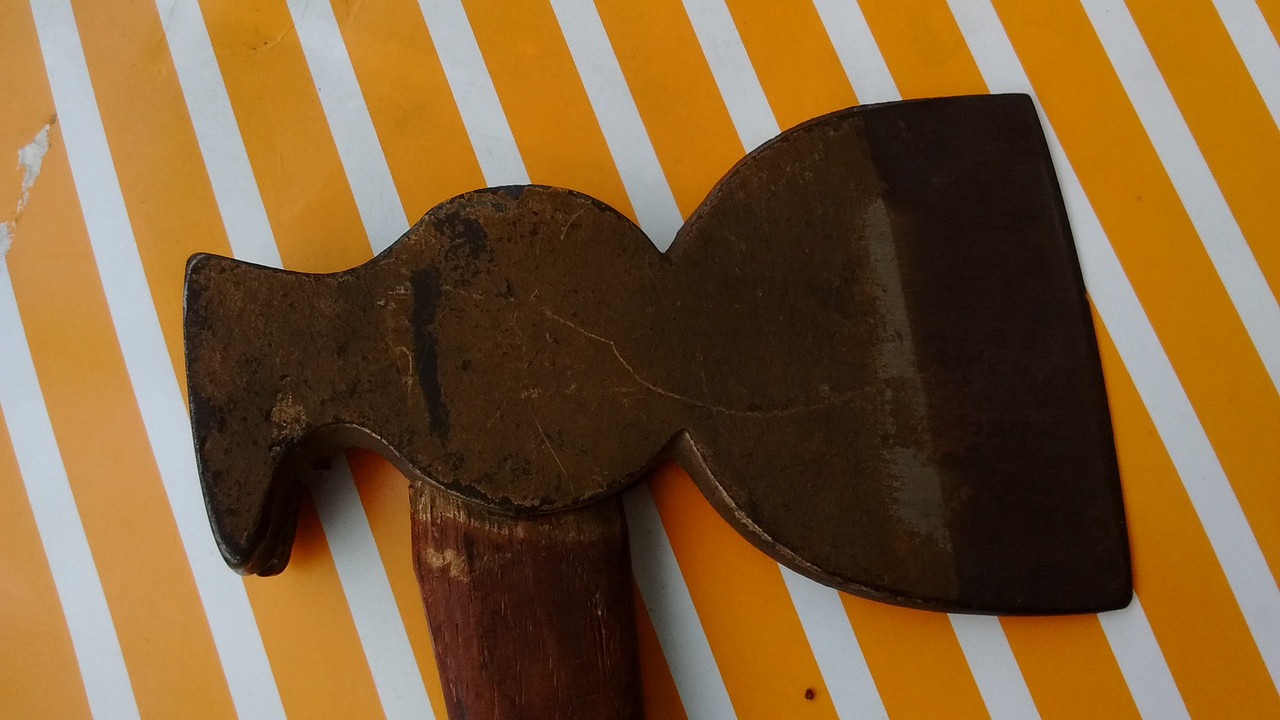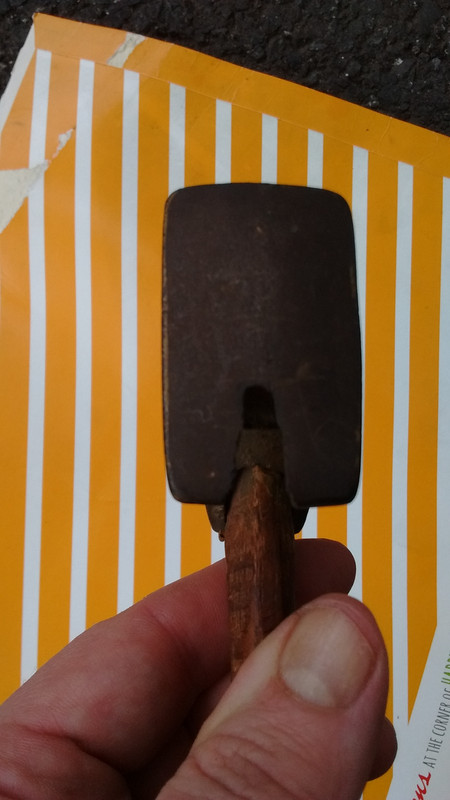- Joined
- Jul 19, 2017
- Messages
- 37
Helped my Mother clean out her garage this past weekend and snagged a few tools in the process. One is an axe that belonged to my step-father who died 5 years ago.
I could barely make out the markings when I found it but they showed up nicely after a vinegar bath.
Pics: https://imgur.com/a/3WZrE
I'm not an axe man, so could anyone tell me about the Lippincott line from Kelly Works/True Temper? Or point me to a good resource?
Also, I'm in process of restoring it and have ordered a couple double bit handles from House Handle. Got a 30" and a 36". Axe had a 36" on it. Does it matter which length for this particular 3.5 lb head? 30" seems a better fit for me. I'll only be using it for very occasional light work around the farm.
Thanks in advance for any info!
I could barely make out the markings when I found it but they showed up nicely after a vinegar bath.
Pics: https://imgur.com/a/3WZrE
I'm not an axe man, so could anyone tell me about the Lippincott line from Kelly Works/True Temper? Or point me to a good resource?
Also, I'm in process of restoring it and have ordered a couple double bit handles from House Handle. Got a 30" and a 36". Axe had a 36" on it. Does it matter which length for this particular 3.5 lb head? 30" seems a better fit for me. I'll only be using it for very occasional light work around the farm.
Thanks in advance for any info!





